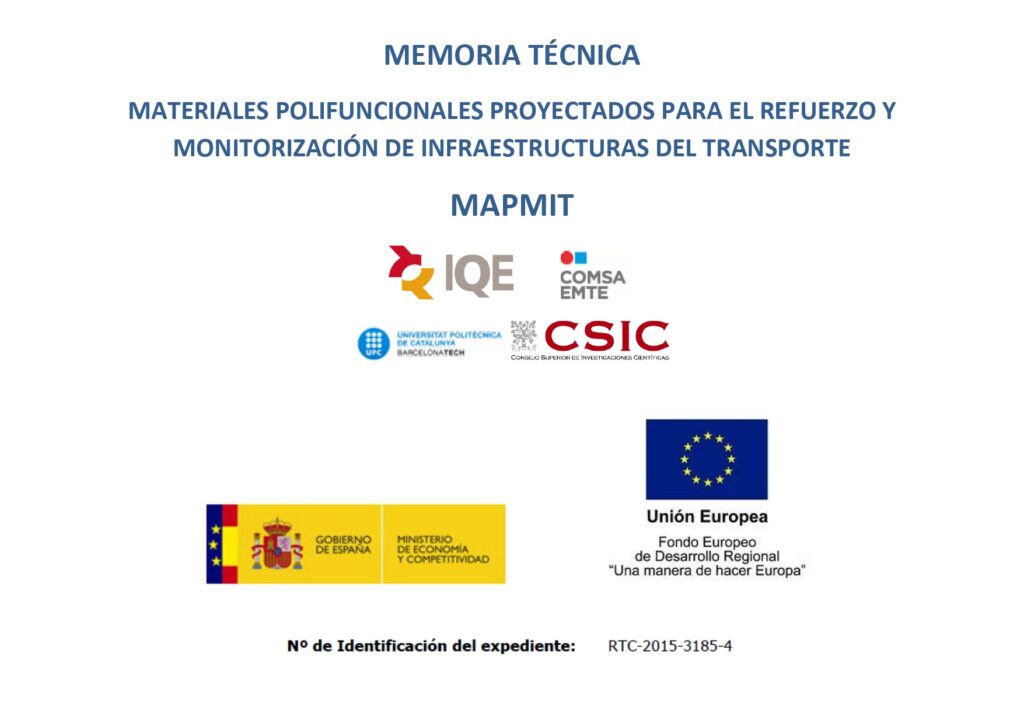
The current economic situation means that we have to reconsider usual scenarios of investments in new infrastructures, consolidating new options of repair and rehabilitation of existing assets. This option not only allows better use to be made of the public resources invested but also makes a sound contribution to the sustainability of our society, reducing consumption of raw materials and the emission of pollutants.
In this context, the repair and rehabilitation of transport infrastructures, such as tunnels, bridges and embankments is of vital importance. not only because of the needs that we will be facing in a few years time when many of the infrastructures built during the years of the economic and building boom reach the end of their working life, but also because there is a social demand for the infrastructures that are built to be used appropriately. Society in general demands an end to the squandering of public expenditure.
Given the hefty investment in resources that the construction of these assets entails, it is essential to invest in repair and rehabilitation in order to once again increase functionality and safety to acceptable levels. One of the alternatives that is used to structurally reinforce existing elements is the spraying of cement-based materials. In spite of the high potential of spraying techniques for rehabilitation, their widespread and efficient use is limited by obstacles that need to be overcome. At present we do not have sufficient know-how regarding material and technical means and the structural calculations required to carry out spraying reinforcement in one single layer that safety covers all the requirements established.
INDUSTRIAS QUÍMICAS DEL EBRO S.A., within the MAPMIT project aims to respond to the aforementioned challenges, providing a scientific and technological leap forward that will allow the development of a new range of MULTIPURPOSE SPRAYED MATERIALS FOR REINFORCING AND MONITORING TRANSPORT INFRASTRUCTURES. Thus, together with new techniques for characterization and early-age monitoring, as well as the development of structural calculation considerations and methods, new solutions will be able to be developed for the reinforcement, repair and rehabilitation of existing transport infrastructures, increasing the overall sustainability of infrastructures.
This project is funded by RETOS-COLABORACIÓN under the Spanish State programme of R+D+i addressing Challenges in Society, of the Ministry of Economy and Competitiveness and the European Regional Development Fund (Exp. RTC-2015-3185-4) in consortium with COMSA , S.A.U., the Universitat Politècnica de Catalunya (UPC) and the Spanish National Research Council (CSIC).


